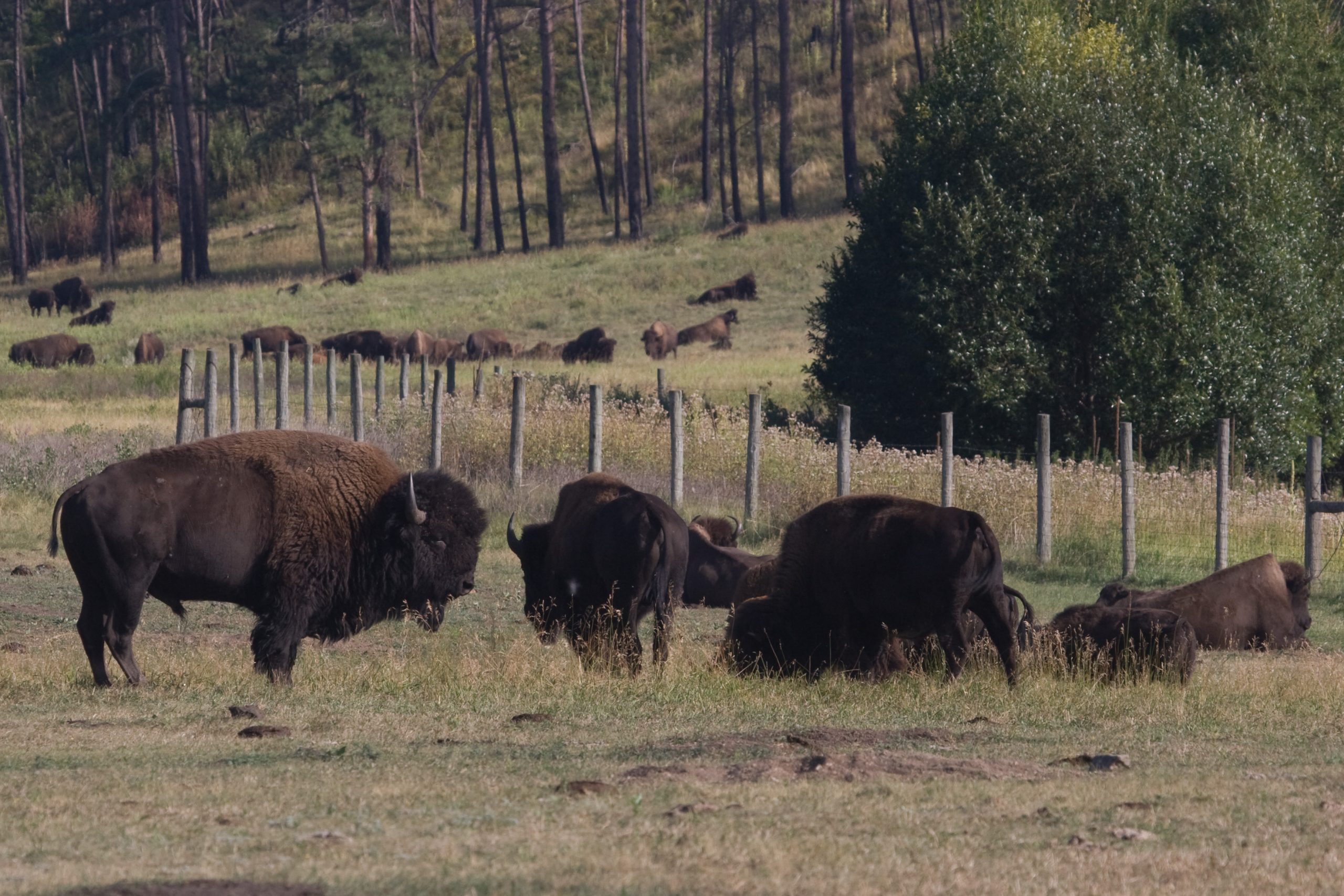Custer State Park, nestled in the heart of the Black Hills of South Dakota, is a breathtaking natural wonder that boasts a diverse range of elevations, from the towering peaks to the lush valleys. As a state park enthusiast or tour planner, understanding the elevation of this remarkable destination is crucial for planning unforgettable experiences and ensuring visitors are well-prepared for the unique challenges and opportunities that come with navigating this stunning landscape.
The Highest Elevation Point in Custer State Park

The highest elevation point in Custer State Park is Black Elk Peak, which reaches an impressive 7,242 feet (2,207 meters) above sea level. This makes it the highest point in North America east of the Rocky Mountains, offering visitors a truly awe-inspiring vantage point from which to take in the park’s natural beauty.
The Average Elevation of the Trails in Custer State Park

The average elevation of the trails within Custer State Park is approximately 4,636 feet (1,412 meters) above sea level. This diverse range of elevations provides visitors with a variety of hiking experiences, from gentle strolls through lush meadows to challenging ascents that offer breathtaking panoramic views.
How Does the Elevation of Custer State Park Affect the Weather and Climate?
The varied elevations within Custer State Park contribute to a diverse range of weather and climate patterns. The higher elevations, such as Black Elk Peak, tend to experience colder temperatures and more snowfall, while the lower elevations are generally warmer and drier. This diversity in climate supports a wide range of flora and fauna, making Custer State Park a true haven for nature enthusiasts.
Seasonal Variations in Elevation and Weather
| Season | Typical Weather |
|---|---|
| Spring | Mild temperatures, occasional rain and snow |
| Summer | Warm and sunny, with occasional thunderstorms |
| Fall | Cooler temperatures, vibrant foliage, and reduced precipitation |
| Winter | Cold temperatures, heavy snowfall, and potential for blizzards |
As a state park enthusiast or tour planner, it’s essential to be aware of these seasonal variations in order to plan activities and recommend appropriate gear for visitors.
Exploring the Diverse Terrain of Custer State Park
The varied elevations within Custer State Park contribute to a rich tapestry of landscapes, from the towering granite peaks to the lush, rolling hills. Visitors can explore a wide range of trails, each offering unique challenges and breathtaking views.
Hiking Trails in Custer State Park
| Trail Name | Elevation Range |
|---|---|
| Sylvan Lake Trail | 5,200 – 6,100 feet |
| Harney Peak Trail | 6,100 – 7,242 feet |
| Lover’s Leap Trail | 4,800 – 5,400 feet |
| Centennial Trail | 3,800 – 6,900 feet |
These trails, and many others, provide visitors with the opportunity to experience the park’s diverse terrain and elevations, offering a range of hiking experiences to suit all skill levels.
Conclusion
Custer State Park’s varied elevations, from the towering Black Elk Peak to the lush valleys, create a truly unique and captivating natural environment. As a state park enthusiast or tour planner, understanding the park’s elevation and its impact on weather, climate, and terrain is essential for planning unforgettable experiences for visitors. Whether you’re seeking a challenging hike, a scenic drive, or a chance to immerse yourself in the park’s diverse wildlife, Custer State Park’s elevation is a key factor in shaping the incredible adventures that await.
